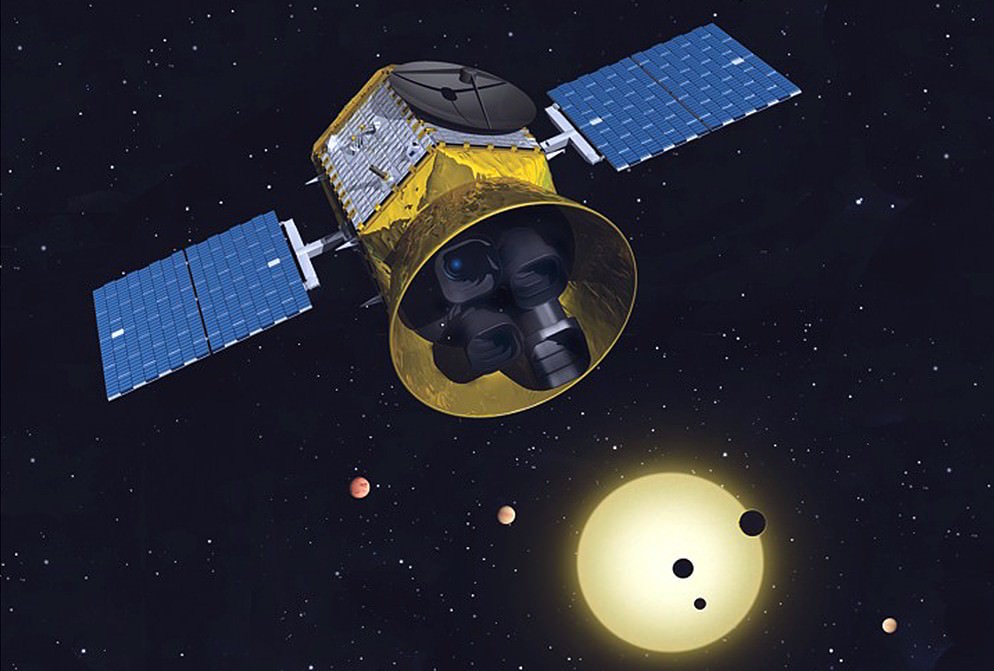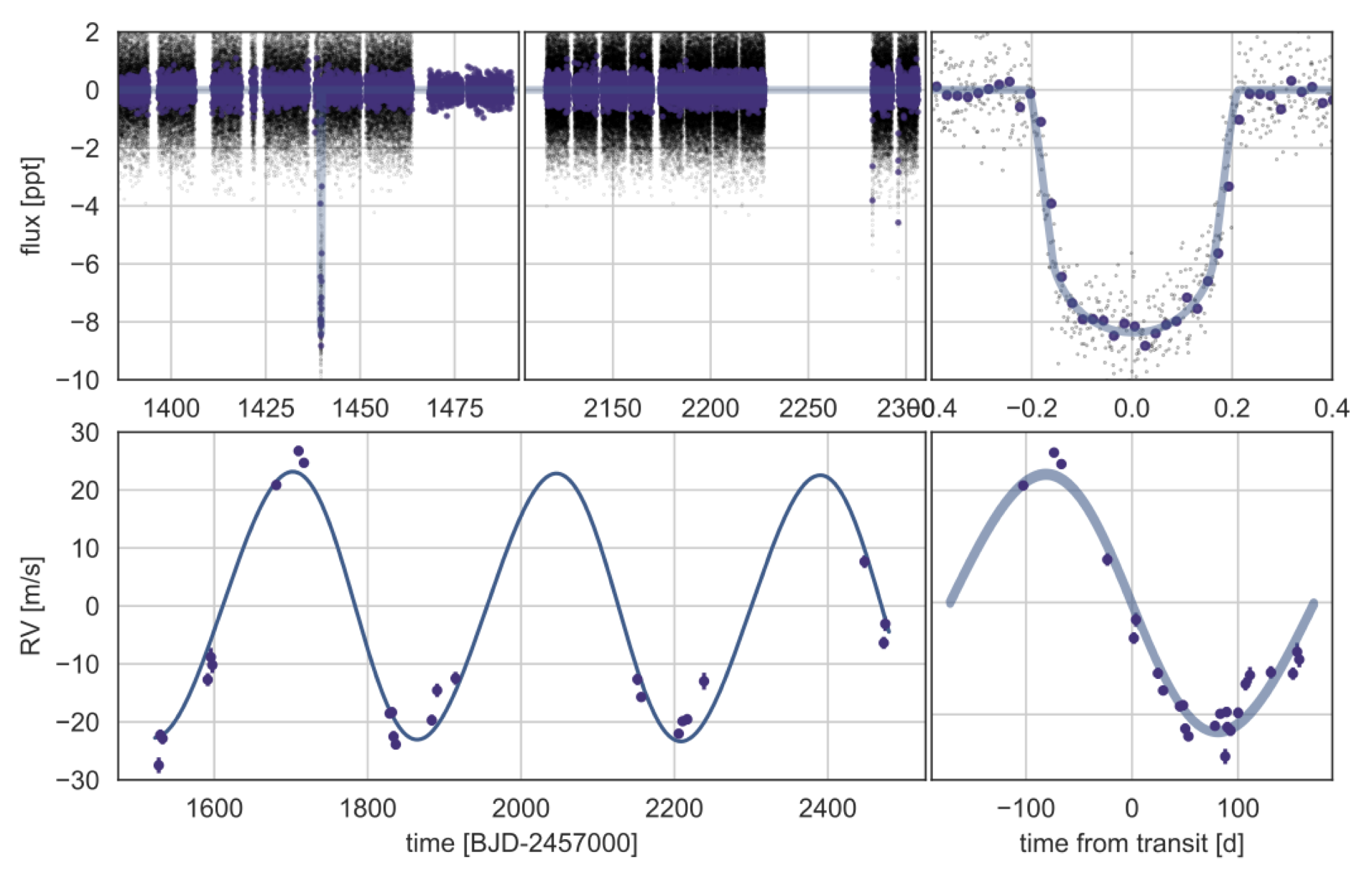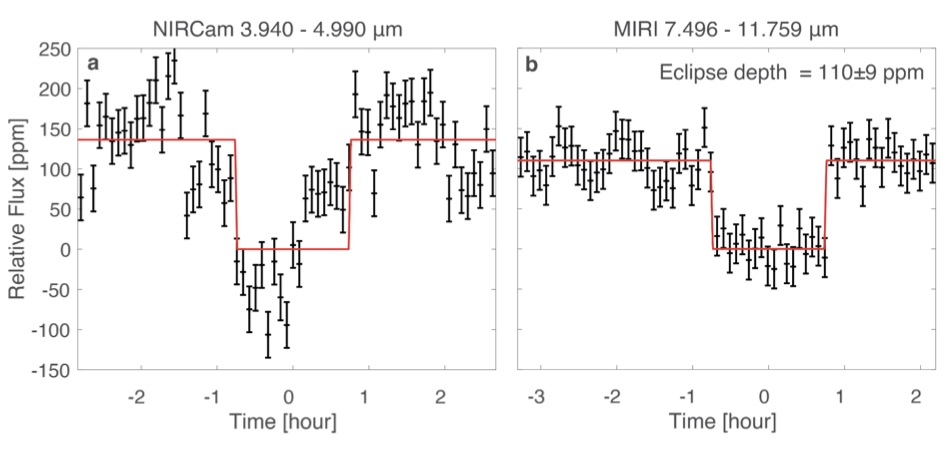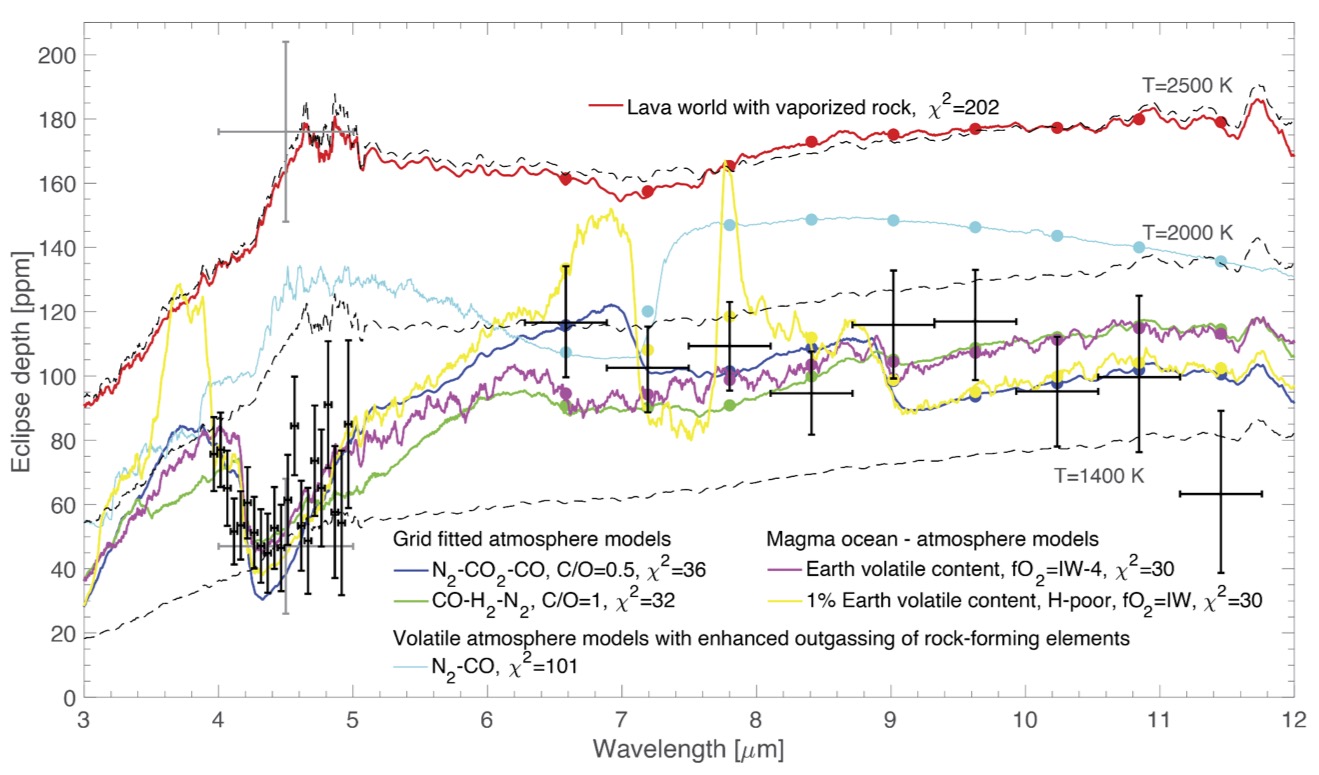CV (updated September 2024).
My publication list on ADS.
For more details and other research directions my group explores, see also my Team page.
Detection and Characterization of Long-Period Exoplanets
The Transiting Exoplanet Survey Satellite (TESS)

Now in its seventh year, the TESS mission has enabled the discovery of over 500 new transiting exoplanets and more than 7000 planet candidates. Most of these systems transit bright, nearby stars, allowing both their planetary radius and their mass to be measured, and facilitating atmospheric characterization. To carry out a sky survey in a limited amount of time, even with its 94 x 26 degree field of view TESS observes most of the sky for a window of time (or sector) that lasts just 27 days. This means that the planets it most easily finds have relatively short orbital periods and are very close to their host star.
To find transiting planets with period greater than ~30 days, it is necessary to identify and confirm planets that show only one transit within one or more sectors of TESS data. We then use ground-based telescopes to determine the period and mass of the planets with radial velocity measurements. Studying exoplanets in these "intermediate orbits" represents a stepping stone in the journey of understanding exoplanets increasingly similar to those in our Solar System.
Figure credit: Hugh Osborn
I am also a member of the TESS Follow-Up Observing Programs (TFOP) steering committee, the chair of the TFOP space-based photometry subgroup, and lead of the TESS Single Transit Planet Candidate Working Group.
Atmospheres of Small Exoplanets
With the advent o

 f JWST, astronomers can now peer into the atmospheres of exoplanets with unprecedented sensitivity. I am currently interested in using JWST to better understand small hot exoplanets. As part of a team led by scientists at NASA JPL, we recently published the first clear detection of an atmosphere on a rocky exoplanet. This planet - a super-Earth called 55 Cancri e - orbits its star in just under 18 hours and
f JWST, astronomers can now peer into the atmospheres of exoplanets with unprecedented sensitivity. I am currently interested in using JWST to better understand small hot exoplanets. As part of a team led by scientists at NASA JPL, we recently published the first clear detection of an atmosphere on a rocky exoplanet. This planet - a super-Earth called 55 Cancri e - orbits its star in just under 18 hours and
Figures from Hu et al. (2024)
While 55 Cancri e's atmosphere likely represents only a small fraction of the planet's radius, there is a small population of hot exoplanets that do have a substantial atmosphere despite their high temperature. Unlike hot Jupiters, the much lower mass of these "hot Neptunes" was not expected to be sufficient to hold onto such a larger atmosphere against the stellar irradiation. In other words, there should be a hot Neptune desert. But within it, we have discovered a few stragglers. Why are they there? Specifically, how did they manage to keep their atmosphere for billions of years?
Next up, we will use JWST to investigate the atmospheric properties of such a hot Neptune - LTT 9779b. Stay tuned for what we find!